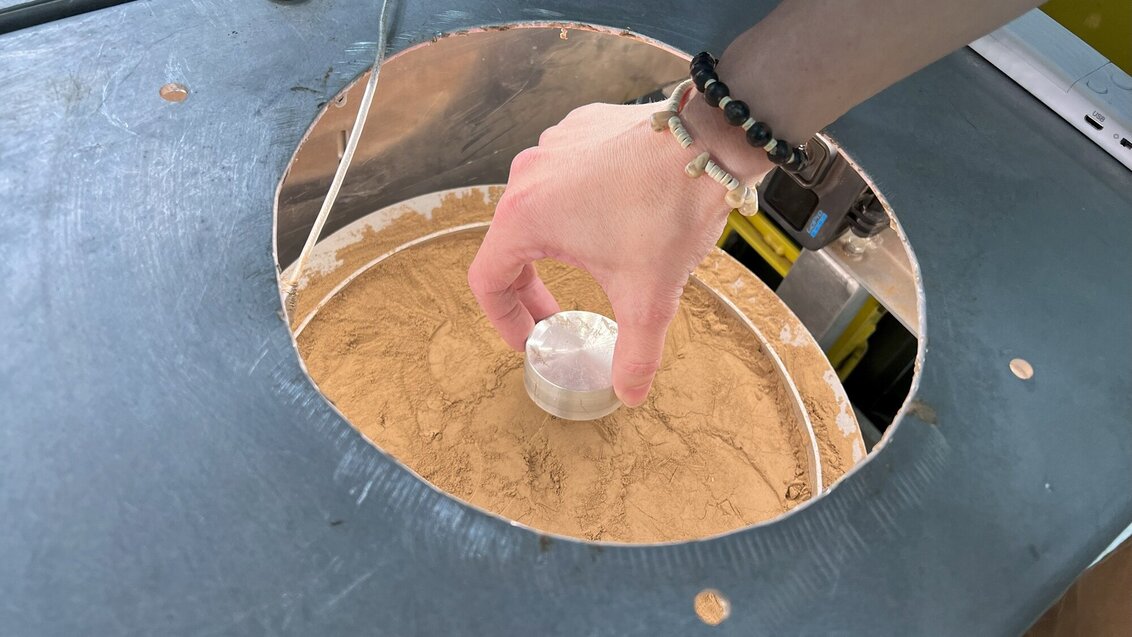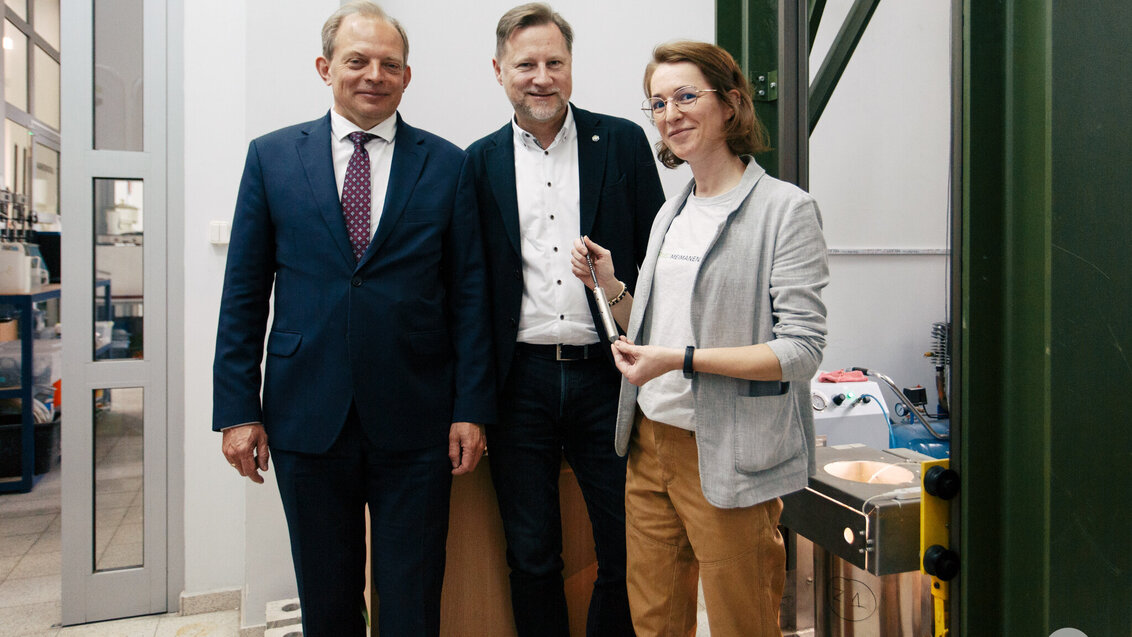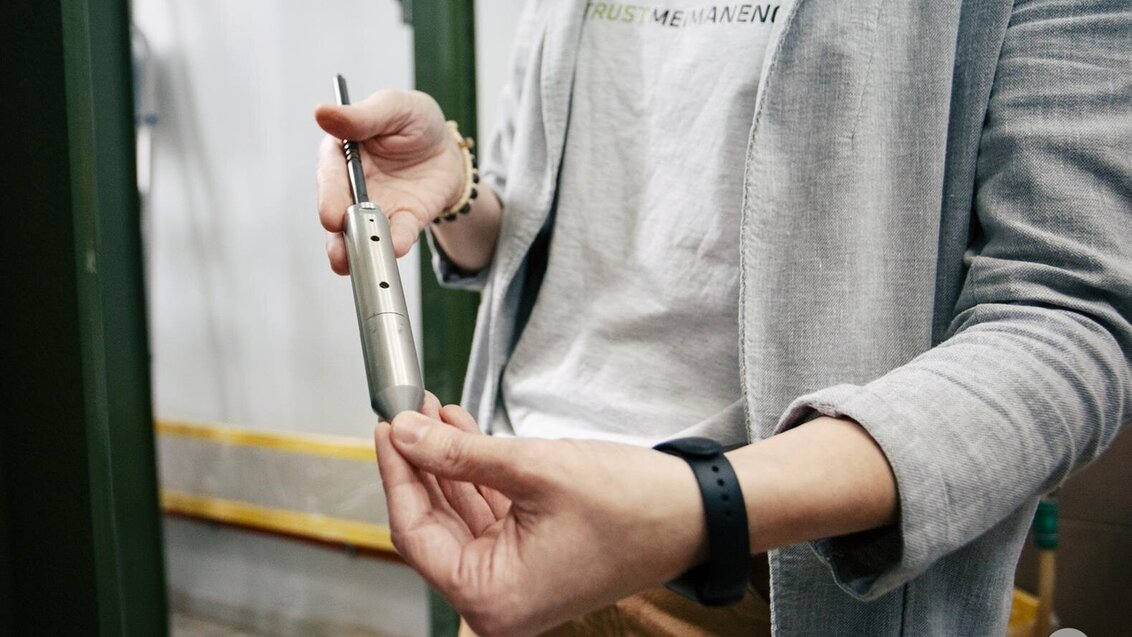
photo by Michał Twardosz
The AGH University has opened a laboratory for research on materials under reduced gravity conditions. The specialised facility at the Faculty of Civil Engineering and Resource Management is used for studying various construction materials, coarse and fine-grained soils, and materials that serve as analogues to rocks covering the Earth and other rocky planets under reduced gravity conditions.
Tests conducted in the laboratory aim to better understand the behaviour of the studied materials and explore the interactions, for example, between a lander and the surface of a small celestial body. Professor Marek Cała, Dean of the Faculty of Civil Engineering and Resource Management, emphasizes:
"Understanding the influence of variable gravity conditions on the strength and deformation characteristics of materials can provide significant support in the future, for example, during space exploration planning, both by unmanned probes and crewed spacecraft, but also in such disciplines as materials engineering, space mining, and civil engineering. It also expands the range of research conducted at our faculty and provides a new space for scientists to study processes under microgravity conditions and to design tools for use beyond the Earth."
photo by Maciej Talar, KSAF AGH

photo by Maciej Talar, KSAF AGH

 Pre-election meeting with a candidate for the position of rector
Pre-election meeting with a candidate for the position of rector  Agreement on cooperation with OPAL-RT
Agreement on cooperation with OPAL-RT  Krakow DIANA Accelerator consortium members with an agreement
Krakow DIANA Accelerator consortium members with an agreement  Meeting with the Consul General of Germany
Meeting with the Consul General of Germany  More Academic Sports Championships finals with medals for our students
More Academic Sports Championships finals with medals for our students  Professor Jerzy Lis re-elected as AGH University Rector
Professor Jerzy Lis re-elected as AGH University Rector  Launch of AGH University Student Construction Centre
Launch of AGH University Student Construction Centre  Bronze for our swimmers at Academic Championships
Bronze for our swimmers at Academic Championships